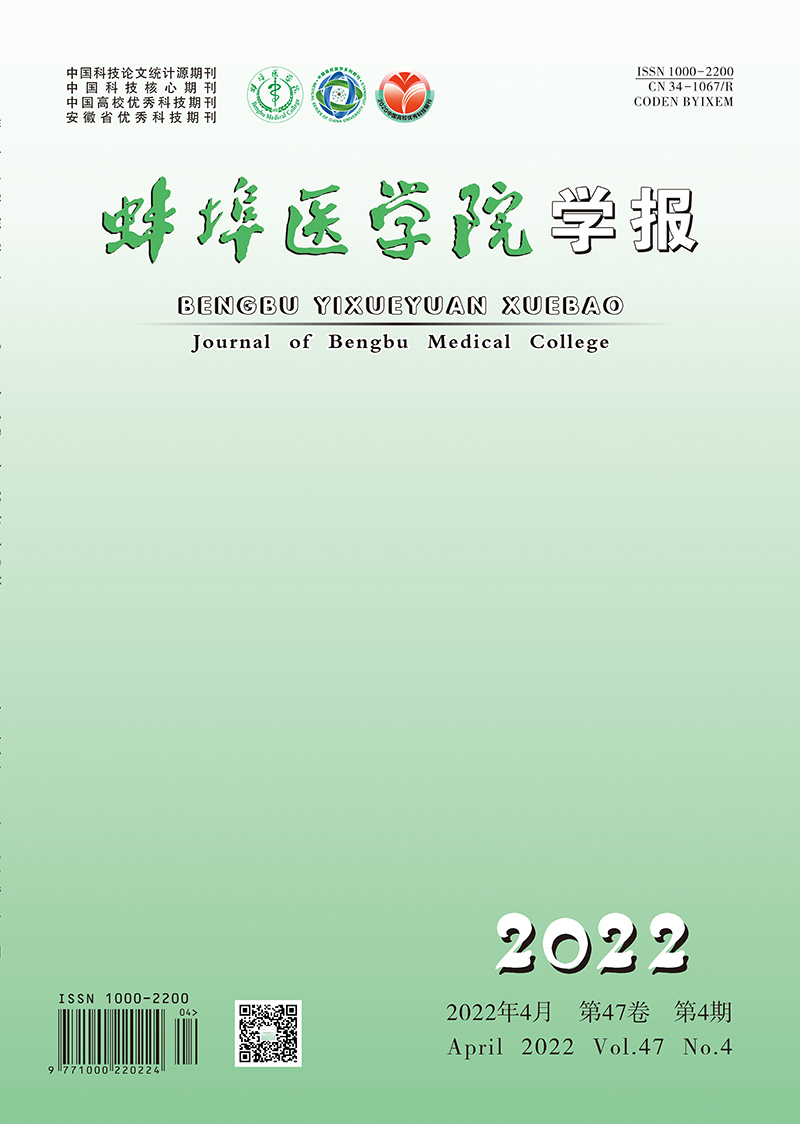-
牙隐裂为发生在牙体硬组织的非龋性疾病,早期症状并不明显,偶有一过性咬合痛或反跳痛,伴渐进性的冷热刺激痛或自发痛,临床上又称为隐裂牙综合征。隐裂牙综合征为一种深度未知的隐裂纹,起源于牙冠,穿过牙齿结构,延伸到龈下,并可能进展到髓腔或牙周膜[1]。流行病学调查早已显示,牙隐裂已成为继龋病、牙周病之后导致牙齿缺失的第三大原因[2]。对隐裂牙尽早地进行诊断与治疗,有助于保护牙髓活力,防止牙体进一步折裂[3]。活髓隐裂牙的修复方法、材料众多,同种材料,不同的修复方式对早期活髓隐裂牙疗效尚未见详细的报道。本研究旨在用IPS e.max CAD材料,制作高嵌体和全瓷冠,用于早期活髓隐裂牙的修复治疗,评价随访2年后的疗效,比较2种修复方法、临床症状分层对早期活髓隐裂牙效果。现作报道。
HTML
-
选择2017年12月至2018年6月于我院就诊并确诊为早期隐裂牙的病人128例(128颗患牙)为研究对象,根据临床症状对病例进行分层,分层一:咬物不适(咬物到某一点时有突然的疼痛感或反跳痛);分层二:咬物不适伴冷热疼痛(咬物时突然疼痛且伴有一过性冷热刺激痛)。纳入标准:(1)牙冠完好,牙合面可见越过边缘嵴隐裂纹;(2)患牙咬物到某个位置出现咬合痛,或伴一过性冷热刺激痛;(3)牙髓活力无异常;(4)牙周状况良好,X线片显示根尖周组织未见明显异常; (5)显微镜下可见牙冠表面隐裂纹。排除标准:(1)患牙有龋齿;(2)伴有牙髓炎或根尖周炎;(3)病人依从性差。采用随机数字表法进行分组,分为高嵌体组和全冠组。高嵌体组:64例,男38例,女26例;年龄26~61岁;磨牙57颗,前磨牙7颗。全冠组:64例,男39例,女25例;年龄25~62岁;磨牙56例,前磨牙8例。2组牙位、年龄、性别等基线资料差异均无统计学意义(P>0.05)(见表 1),具有可比性。病人术前详细沟通并签订知情同意书。
分组 n 男 女 年龄/岁 磨牙 前磨牙 高嵌体组 64 38 26 45.23±2.58 57 7 全冠组 64 39 25 44.49±2.66 56 8 χ2 — 0.03 1.59* 0.08 P — >0.05 >0.05 >0.05 *示t值 -
手术显微镜(Leica,德国);备牙车针(Coltene,瑞士);CAD/CAM Omoncam(Dentsply sirona,德国);IPS e.max CAD(Ivoclar Vivadent,列支敦士登);Muntilink.N粘结套装(Ivoclar Vivadent,列支敦士登);Single bond universal(3M,美国);流体树脂(Clearfil,日本);Z350树脂(3M,美国)。
-
2组患牙碧兰麻局麻下沿隐裂纹的方向磨除裂隙牙体组织至新鲜的界面,用洗必泰消毒,近髓处生物陶瓷材料(iRoot Bp)护髓,Z350树脂充填。制备参照CAD/CAM对全瓷修复体的要求。高嵌体组:窝沟预备1 mm,牙尖预备1.5 mm,修复体与釉质边缘采用对接形式,内线角圆钝。全瓷冠组:合面磨除1.0~1.5 mm,轴壁0.8~1.0 mm,轴壁聚合度5°~10°,浅凹型肩台0.8~1.0 mm,预备体光滑连续无倒凹;2组均采用IPS e.max CAD材料,用CERECⓇ系统,进行椅旁光学取模、比色、计算机辅助设计和制作,修复体研磨成型、烧结、上釉。全瓷修复体的试戴就位、粘接、抛光。
-
疼痛分级评定[4]:采用视觉模拟评分量表(visual analogue scale,VAS)法对病人术后24 h疼痛进行评估,记录数据并进行分析。术后随访2年,进行临床检查、评估。临床疗效评价标准[5],治愈:患牙自觉症状消失,咀嚼功能恢复,X线片显示根尖周未见异常;改善:患牙自觉症状减轻,咀嚼功能基本恢复,X线片显示根尖周未见异常;失败:患牙自觉症状加重,出现牙髓炎、根尖周炎症状,或牙折裂,X线片显示根分叉或根尖周有病变。治愈与改善都视为有效,失败则视为无效。
-
采用t检验、秩和检验和χ2检验。
1.1. 一般资料
1.2. 材料和设备
1.3. 方法
1.4. 观察指标
1.5. 统计学方法
-
分层一与分层二高嵌体组术后疼痛评分均低于全冠组(P < 0.01)(见表 2)。
分组 n 术后疼痛评分 t P 分层一 高嵌体组 33 2.98±0.19 18.08 < 0.01 全冠组 32 4.05 ±0.28 分层二 高嵌体组 31 4.62±0.13 25.80 < 0.01 全冠组 32 5.84±0.23 -
两个分层的高嵌体组和全冠组疗效差异均无统计学意义(P>0.05)(见表 3)。
分组 n 治愈 改善 失败 Z P 分层一 65 60 3 2 高嵌体组 33 31 1 1 0.29 >0.05 全冠组 32 29 2 1 分层二 63 41 7 15 高嵌体组 31 21 3 7 0.23 >0.05 全冠组 32 20 4 8 合计 128 101 10 17 高嵌体组 64 52 4 8 0.60 >0.05 全冠组 64 49 6 9 -
高嵌体组和全冠组均为分层一的治疗有效率高于分层二(P < 0.05)(见表 4)。
治疗方式 n 有效 无效 χ2 P 高嵌体组 64 56(87.50) 8(12.50) 分层一 33 32(96.97) 1(3.03) 3.94 < 0.05 分层二 31 24(77.42) 7(22.58) 全冠 64 55(85.94) 9(14.06) 分层一 32 31(96.87) 1(3.13) 4.65 < 0.05 分层二 32 24(75.00) 8(25.00) 合计 128 111(86.72) 17(13.28) 分层一 65 63(96.92) 2(3.08) 11.94 < 0.01 分层二 63 48(76.19) 15(23.81)
2.1. 2组术后24 h疼痛评分比较
2.2. 2组不同处理方法治疗隐裂牙2年疗效比较
2.3. 临床症状分层与疗效的分析
-
隐裂牙在临床诊疗中是比较常见的疾病,多发生于30~50岁人群,患病率高达70%[6],其症状具有隐匿性和渐进性,裂纹常常与牙齿的发育沟产生重叠。诊断、治疗决策和预后的评估是临床医生面临隐裂牙的三大挑战[7]。目前活髓隐裂牙主要治疗方法有树脂直接充填、高嵌体,以及全冠修复等。本研究采用CAD/CAM高嵌体和全冠用于治疗早期活髓隐裂牙并观察随访2年。尽管所提倡的任何治疗方式的最终结果有待观察,但仍应优先保存活髓,稳定和保护患牙[8]。
本研究结果显示分层一和分层二中高嵌体组术后24 h疼痛VAS评分均小于全冠组,两者比较差异有统计学意义(P < 0.05)。随着粘接技术的发展,高嵌体作为微创修复牙体缺损的方法之一[9],牙体预备量小,预备时间短,且大部分边缘为龈上边缘,所以对牙髓、牙周的刺激性小。2组中分层二术后24 h疼痛均高于分层一,表明术后疼痛不仅与修复方法有关,与术前疼痛症状轻重也有关系。
本研究选取的病例为有症状的活髓隐裂牙,无牙髓感染,牙体预备前沿裂隙方向尽可能磨除隐裂纹特别是陈旧性的,即刻进行牙本质封闭,近髓处生物陶瓷材料(iRoot Bp)护髓,复合树脂充填,控制感染途径,避免微渗漏的发生。椅旁CAD/CAM一次就诊可以即刻生成修复体并配戴,缩短了治疗的疗程[10],防止治疗过程中隐裂纹加深。2组修复体采用的IPS e.max CAD为二硅酸锂加强型陶瓷材料,具有良好美学性能和机械性能[11],强度在结晶后可达360 MPa,在酸蚀-树脂粘接后,陶瓷材料强度会更高[12],备牙时可减少牙体组织的切削量,降低术后的敏感性。
本研究根据临床症状进行分层,每层随机采取高嵌体和全冠修复,随访2年结果显示,随着隐裂牙临床症状的加重,修复后失败病例的发生相应增加。分层一病例中有2例出现不可逆的牙髓炎症状;分层二病例中则有13例患牙出现牙髓炎症状,2例发生根尖周炎症状,最早的发生牙髓炎症状者为术后1个月,所有病例均未发生牙折裂症状。失败的原因可能与术前牙髓状态判断有误、隐裂纹护髓处理不到位、牙体预备中激惹了牙髓、修复体出现微渗漏、不良的咬合史等。失败的病例在保留修复体的情况下及时行根管治疗术,注意牙周组织健康状况的检查。本研究结果显示,分层一和分层二病人的治疗有效率差异有统计学意义(P < 0.05)。表明在相同的治疗方法下,临床症状与预后具有相关性。临床症状轻,可显著提高隐裂牙治疗的成功率。
经过2年随访,本研究结果显示高嵌体组的有效率和全冠组比较,2组差异无统计学意义(P>0.05),因此,对于早期活髓隐裂牙,IPS e.max高嵌体微创修复可以有效地保护患牙,恢复咀嚼功能,尽早的诊断和治疗,可提高治疗的有效率,但远期的效果还有待于进一步的观察研究。






 DownLoad:
DownLoad: